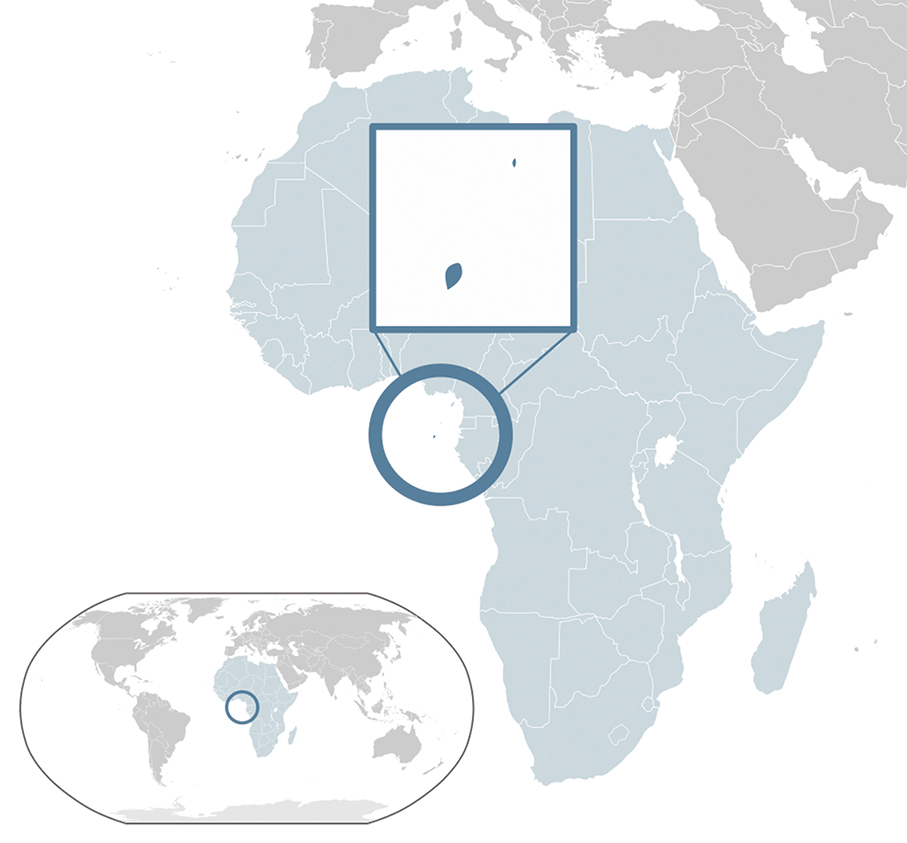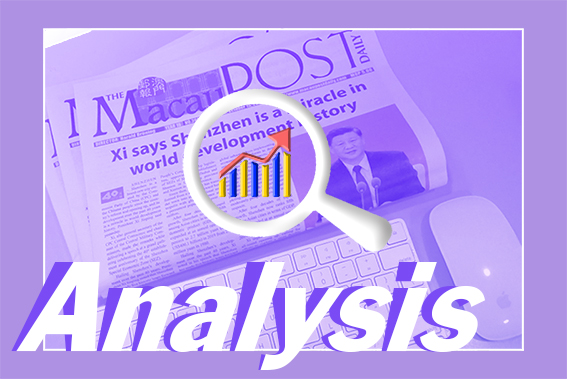SAO TOME – As the rainy season approaches in October, 32-year-old Jamaika Martins was busy in her small patch of field harvesting Chinese bok choy* for the very first time.
In the close vicinity, Chinese agricultural experts, who have been helping São Tomé and Príncipe with farming, were quite taken with the rewards of their efforts, becoming the first buyers of Jamaika’s homegrown produce.
Unlike the same vegetable grown in China, Jamaika’s crop, in the grip of the local climate, grew with long leaves and a slender body. Despite its different appearance, the yield surpassed that of other leafy greens typically cultivated by local farmers.
Chinese bok choy is one of the several vegetable varieties introduced by a team of Chinese agricultural experts, who have been conducting field trials to diversify the Atlantic island nation’s crop selection. After months of testing, they identified 14 high-yield vegetable varieties, notably eggplant and chili peppers, to help address the country’s limited food options and high vegetable prices.
São Tomé and Príncipe, located in the Gulf of Guinea off the west coast of Africa, is on the United Nations’ list of least developed countries. In the 19th century, the islands’ volcanic soil and tropical climate lured then-Portuguese colonial government and plantation owners to introduce cocoa from Brazil. By the beginning of 20th century, the islands were the world’s largest cocoa producer, although the economic prosperity was built upon the peril of local communities. Due to the mass cocoa industry, little resources went to the cultivation of crops and vegetables on the islands.
The colonial economic structures’ impact is still evident today. More than half of the two-island nation’s food is now imported, and over half of its 220,000 inhabitants are struggling with moderate to severe food insecurity, according to the UN’s Food and Agriculture Organization (FAO).
For Jamaika and his family, farming is both a challenge and a necessity. Their small plot, less than one acre (about 4,000 square meters) on a hillside in the village of Nova Moça, is the result of backbreaking toil as it is the flattest in the area.
Jamaika has made the most of the “palm-sized” piece of land. Half of his plot nurtures bell peppers, a valuable crop that can sell for as much as US$10 per kg, one of the priciest vegetables in the local market.
“The Chinese experts taught me how to improve bell pepper seedling cultivation, which has nearly doubled my yield,” Jamaika’s said. “They showed me how to compost using weeds, which improved the soil and reduced my need for fertilizers.”
With the Chinese team’s guidance, Jamaika has also begun growing zucchini, another high-value crop introduced by Chinese experts. The local market price for zucchini rivals that of bell peppers, and the income has improved his family’s financial situation.
Peng Jie, one of the Chinese experts specializing in vegetable cultivation, has been working closely with farmers like Jamaika since arriving in the island nation in August 2023.
“Our goal is to use local resources and introduce better farming techniques to help farmers improve yields and incomes,” Peng said.
Alongside his colleagues, Peng has been conducting agricultural trials, setting up demonstration fields and teaching farmers new, sustainable methods of cultivation.
Since 2017, China has been assisting São Tomé and Príncipe in its agricultural development. Through a comprehensive agricultural and livestock technical assistance project, Chinese experts have been working with local authorities to improve farming practices.
Over the past seven years, four teams of Chinese experts, specializing in areas ranging from vegetable cultivation to animal husbandry and food processing, have worked on the project, and the results have been impressive.
The Chinese team has established livestock and veterinary demonstration bases, high-yield crop cultivation areas, and poultry breeding centers. Two villages, including Nova Moça, have become model poverty alleviation sites, showcasing the benefits modern agricultural techniques have brought to rural communities.
According to Duan Zhenhua, chief of the fourth agricultural team, these platforms have allowed the widespread adoption of practical technologies. As a result, farmers like Jamaika have seen their incomes rise.
“Agricultural development in São Tomé and Príncipe begins with training people to work effectively with the land. Farmers need to be well-equipped with knowledge. Training is crucial in this regard,” said Abel da Silva Bom Jesus, the country’s minister of agriculture, fisheries and rural development.
“Another key factor is the availability of agricultural inputs, such as seeds, fertilizers and new techniques to combat pests and diseases. These are the most pressing issues for us because, while we have land and water, we need modern technology to usher in a new era for our agriculture,” Jesus said.
Jesus, who has made several trips to China, is particularly impressed by China’s agricultural modernization.
“The training being provided will enhance the skills of our farmers and boost production. Today, agriculture is a science, and without scientific knowledge, we risk engaging in harmful practices that damage the soil and waste time. With proper training, farmers will be able to produce higher-quality crops while also preserving the environment,” the minister said.
“China is our key partner in helping us reach the level of agricultural development we aspire to achieve,” he said. – Xinhua, MPD
*Bok choy, aka pak choi, (Cantonese for “white vegetable”) is a type of Chinese cabbage.

Location of São Tomé and Príncipe in Africa and the world – Image courtesy of Álvaro1984 18






